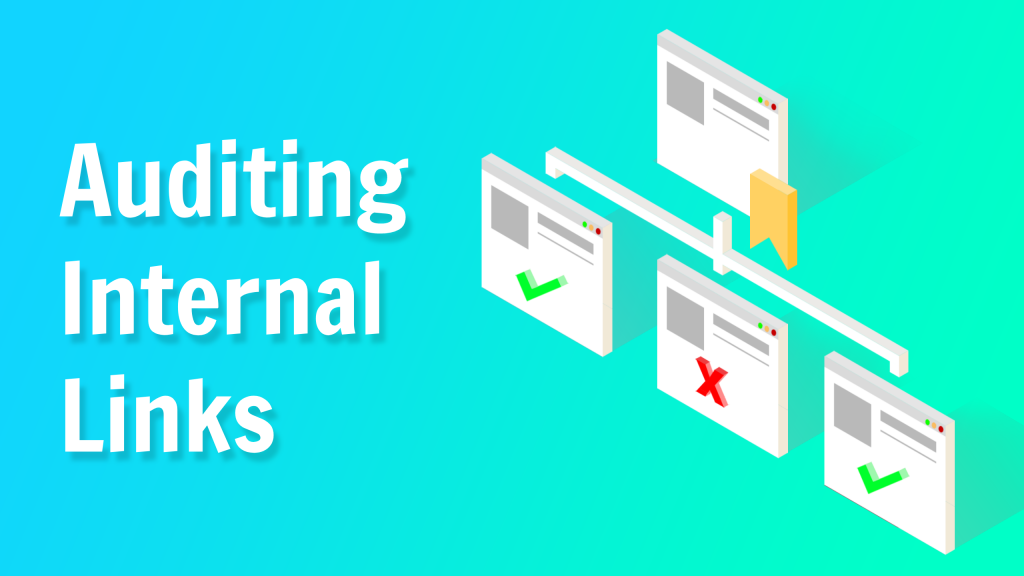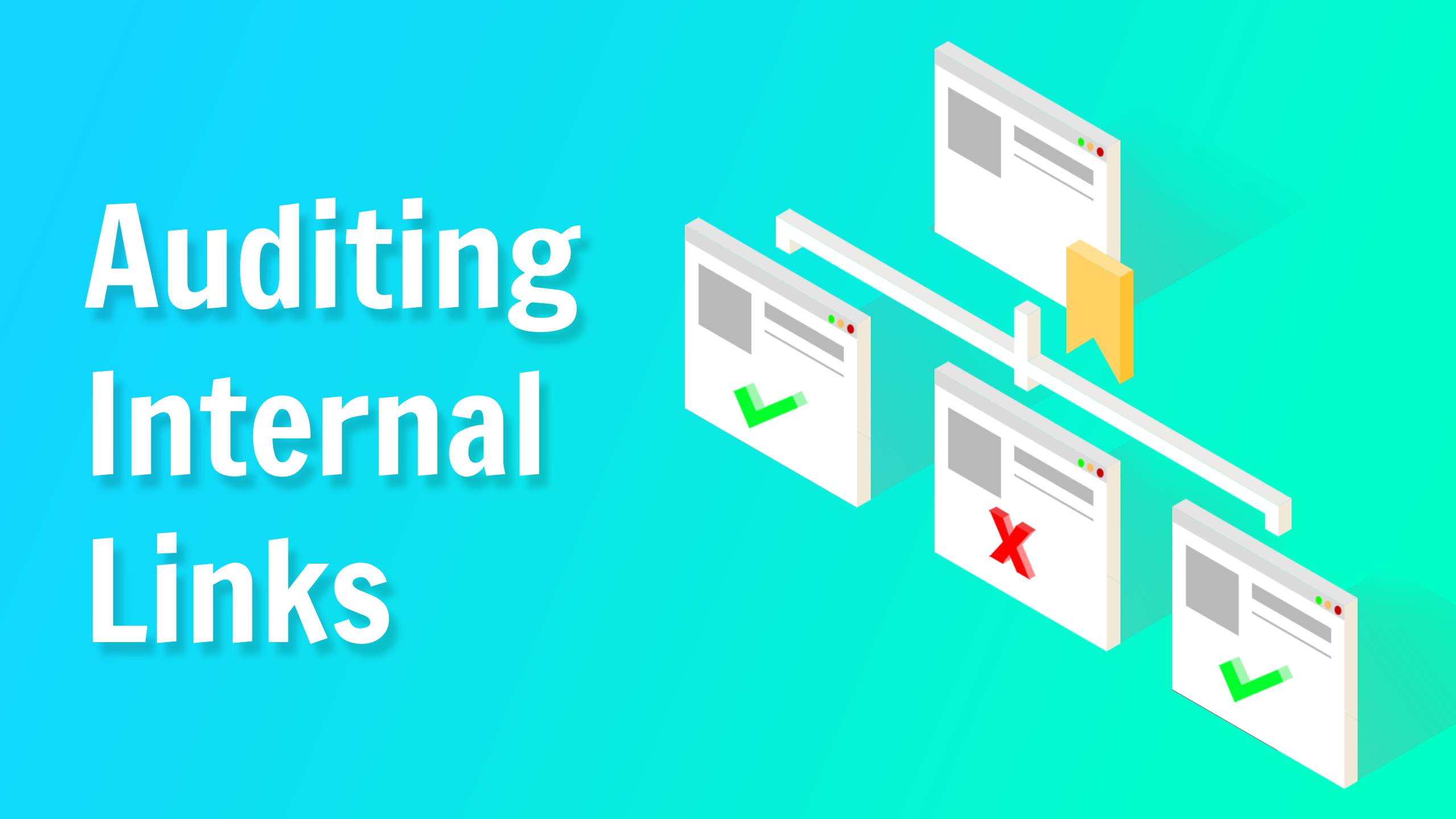
Internal links auditing shared by SEO company in India. It explains some ways internal links might be hampering the performance of the site.
A website is an interconnection of pages. Whatever SEO and user experience issues it has, the problem always come down into two basic elements, they are:
- The pages themselves
- and the connection between them that is internal links.
There are some ways by which your site’s performance might be slowing down:
- Revising website structure: If there are too many websites then they have no clear organization. An optimized website is a structured website. This happens because website content is added sporadically without having any strategy. Due to business needs change, the things which were important once are no longer important now. You need a bird’s eye view for the proper architecture of the website.
- Ensuring a consistent structure: Internal links helps the search engine understand how the pages are related to their specific roles. You need to make sure that your website is not a mess of randomly interlinked pages as it makes the site’s context unclear.
- Eliminating Orphan Pages: Orphan pages are those pages that must have got left out from your website structure. As they have no internal links pointing to them or you must have messed up with no following and not indexing. The main problem here occurs when you try to fix it as they are hard to find.
- Fixing Content Duplication: Inconsistent internal linking might create duplicate versions of your pages. You should try to fix the internal links which avoid constantly triggering unnecessary redirects.
- Auditing the PageRank flow: Pagerank has been a key Google ranking signal. No follow internal links evaporate the PageRank from your website. The PageRank points flow away from the original page through the link but never land anywhere else. Another trap for your PageRank is dead-end pages. This happens when the pages have no outgoing links to follow. These issues tend to appear often as your website changes and evolves, so it is necessary to audit the broken links, redirects, etc.
- Revising Anchor Text: besides passing authority and building hierarchy, internal links stay into your pages topical relevance. Nowadays it takes way more to rank a page for a keyword as Google still uses them to understand what your pages are about. Adding meaningful anchors and cutting down image links might be a good idea to make your top navigation look rich. You should also make sure that every image has a descriptive alt text.

